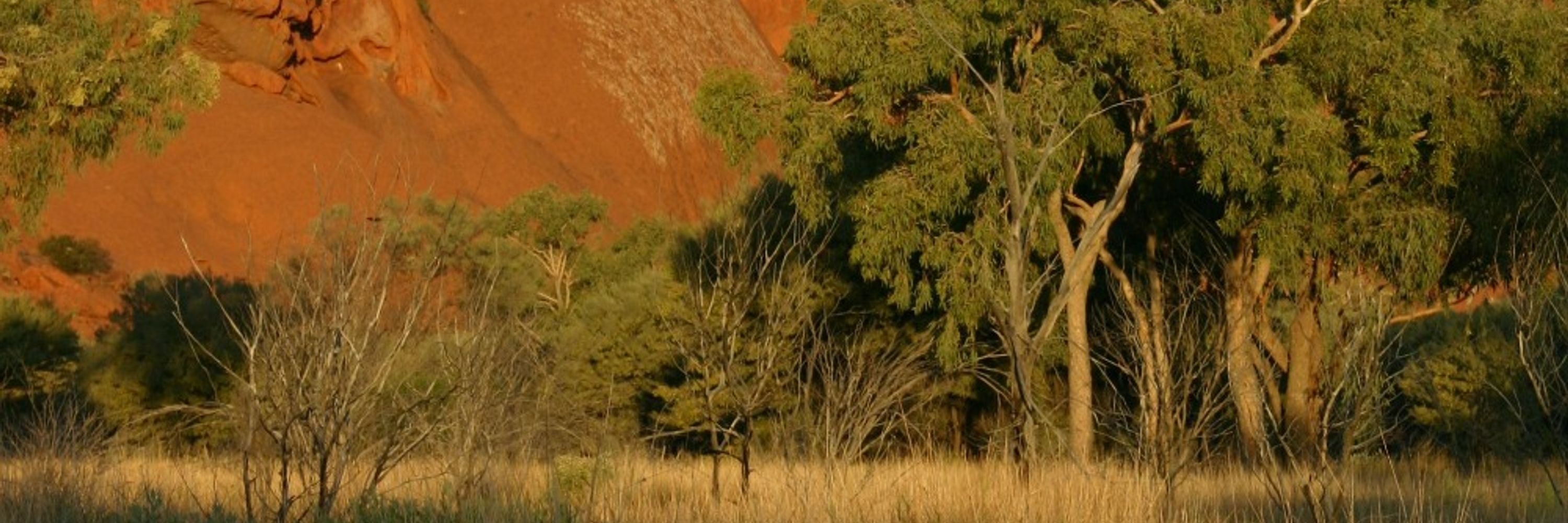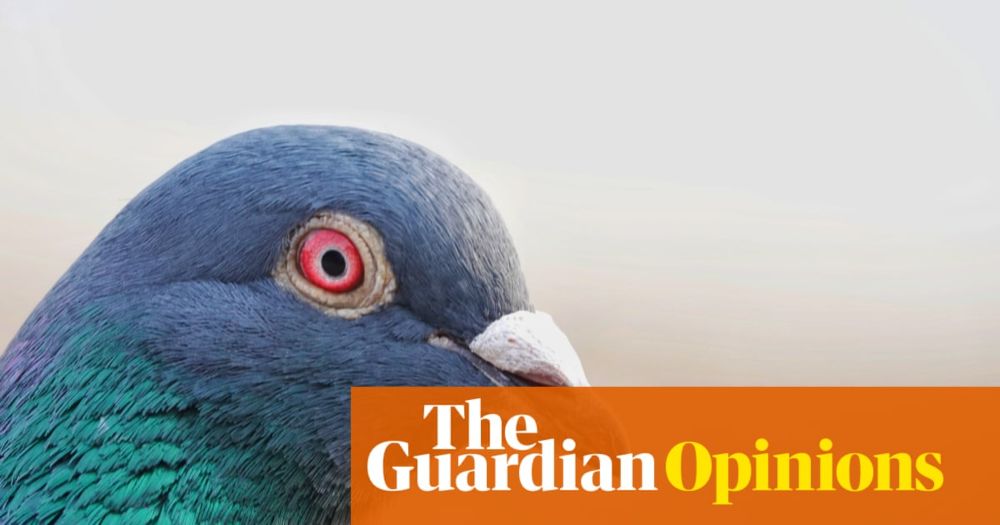Eliot Miller
@eliotmiller.bsky.social
460 followers
230 following
120 posts
BirdsPlus Index. American Bird Conservancy. Dad. Natural history. Ecology and evolution, conservation, acoustics, and occasionally politics.
Posts
Media
Videos
Starter Packs
Reposted by Eliot Miller
Reposted by Eliot Miller
Reposted by Eliot Miller
Reposted by Eliot Miller
Reposted by Eliot Miller
Reposted by Eliot Miller
Eliot Miller
@eliotmiller.bsky.social
· Aug 26
Eliot Miller
@eliotmiller.bsky.social
· Aug 26
Eliot Miller
@eliotmiller.bsky.social
· Aug 18
Reposted by Eliot Miller
Eliot Miller
@eliotmiller.bsky.social
· Aug 9
Eliot Miller
@eliotmiller.bsky.social
· Aug 8

As Birds Decline, High-Precision eBird Models Offer a Vision of Hope
Five years after the 3 Billion Birds Lost research, a follow-up study published in the journal Science showed how eBird Trends can reveal the patterns behind America's bird declines—and pinpoint areas...
www.allaboutbirds.org
Reposted by Eliot Miller
Eliot Miller
@eliotmiller.bsky.social
· Aug 3
Eliot Miller
@eliotmiller.bsky.social
· Aug 3















